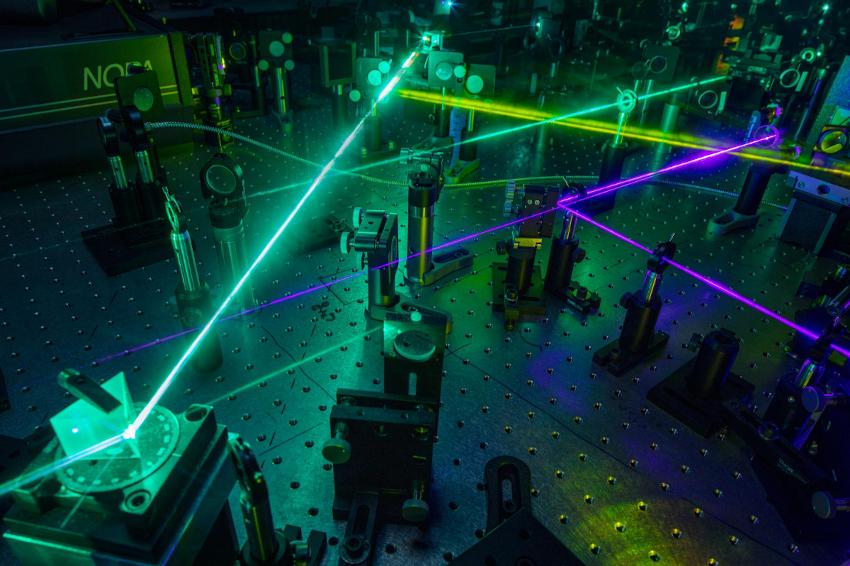Predicting the potential efficiency of solar cells
New analysis is of great interest for photovoltaic research
Many semiconducting materials are possible candidates for solar cells. In recent years, perovskite semiconductors in particular have attracted attention, as they are both inexpensive and easy to process and enable high efficiencies. Now a study with 15 participating research institutions shows how terahertz (TRTS) and microwave spectroscopy (TRMC) can be used to reliably determine the mobility and lifetime of the charge carriers in new semiconducting materials. Using these measurement data it is possible to predict the potential efficiency of the solar cell in advance and to classify the losses in the finished cell.
The most important properties of a semiconductor to be used as a solar cell include the mobility and lifetime of electrons and holes. Both quantities can be measured without contacts with spectroscopic methods using terahertz or microwave radiation. However, measurement data found in literature often differ by orders of magnitude. This has made it difficult to use them for reliable assessments of material quality. We wanted to get to the bottom of these differences, and contacted experts from a total of 15 international laboratories to analyse typical sources of error and problems with the measurements,” says Hannes Hempel from the HZB team led by Thomas Unold. The physicists sent reference samples produced by the team of Martin Stolterfoht at University Potsdam to each laboratory with the perovskite semiconductor compound (Cs,FA,MA)Pb(I,Br)3) optimised for stability.
One result of the joint work is the significantly more precise determination of the transport properties with terahertz or microwave spectroscopy. “We could identify some neuralgic points that have to be considered before the actual measurements takes place, which allows us to arrive at significantly better agreement of the results,” Hempel emphasises. And with reliable measurement data and a more advanced analysis, the characteristics of the solar cell can also be calculated more precisely. “We believe that this analysis is of great interest for photovoltaic research, because it predicts the maximum possible efficiency of the material in a solar cell and reveals the influence of various loss mechanisms, such as transport barriers,” says Unold. This applies not only to the material class of perovskite semiconductors, but also to other new semiconducting materials, which can thus be tested more quickly for their potential suitability. (Source: HZB)







